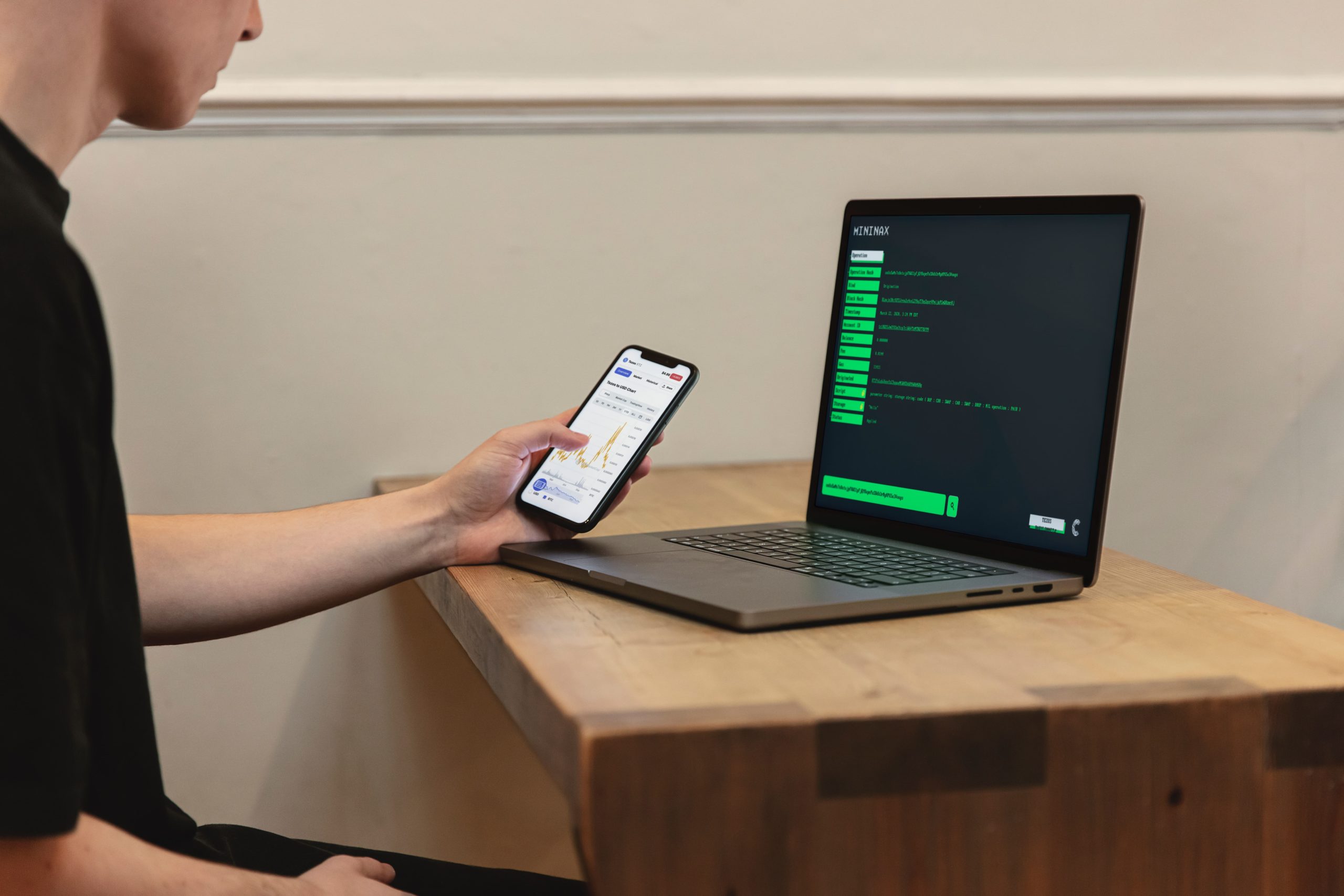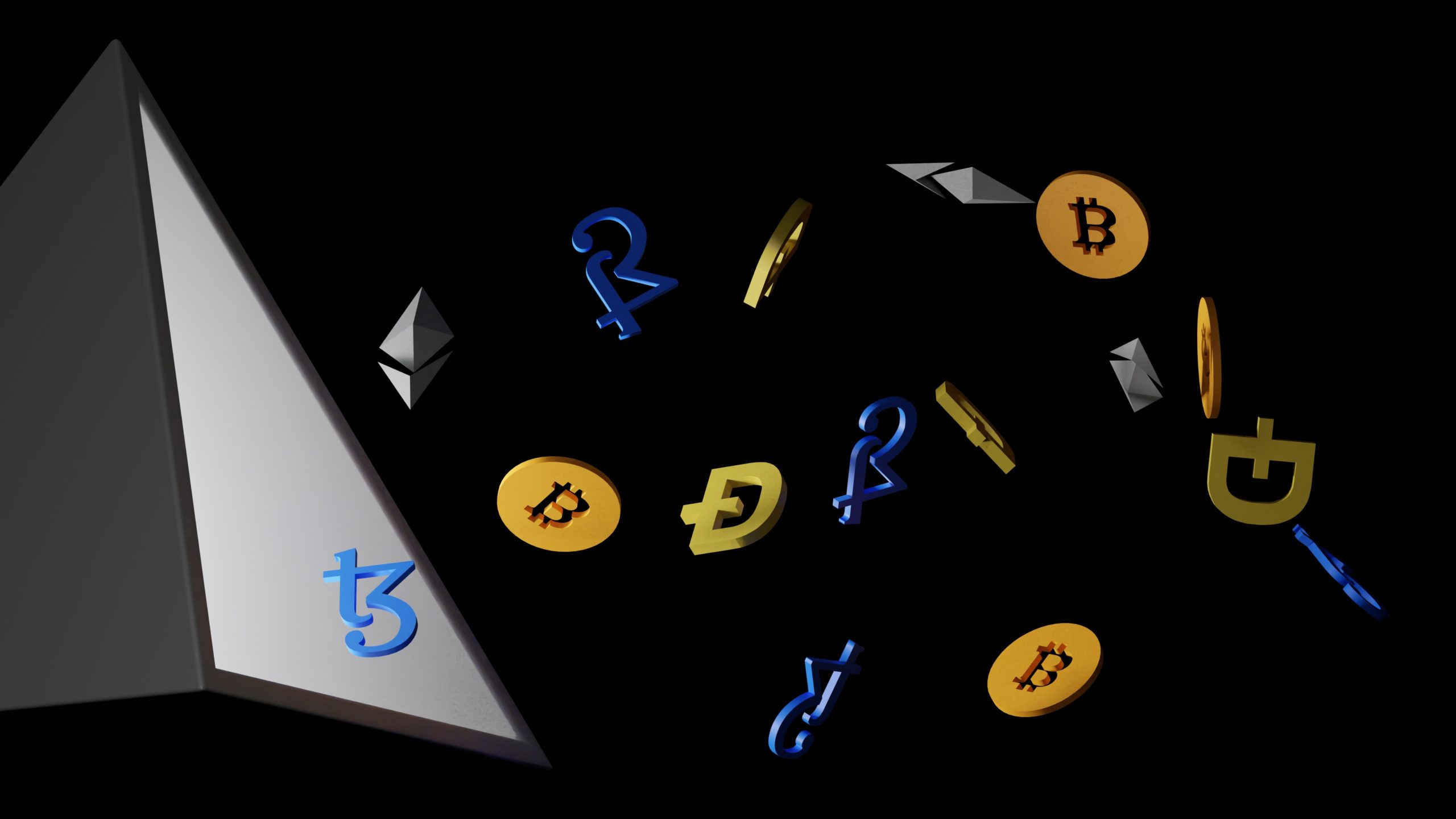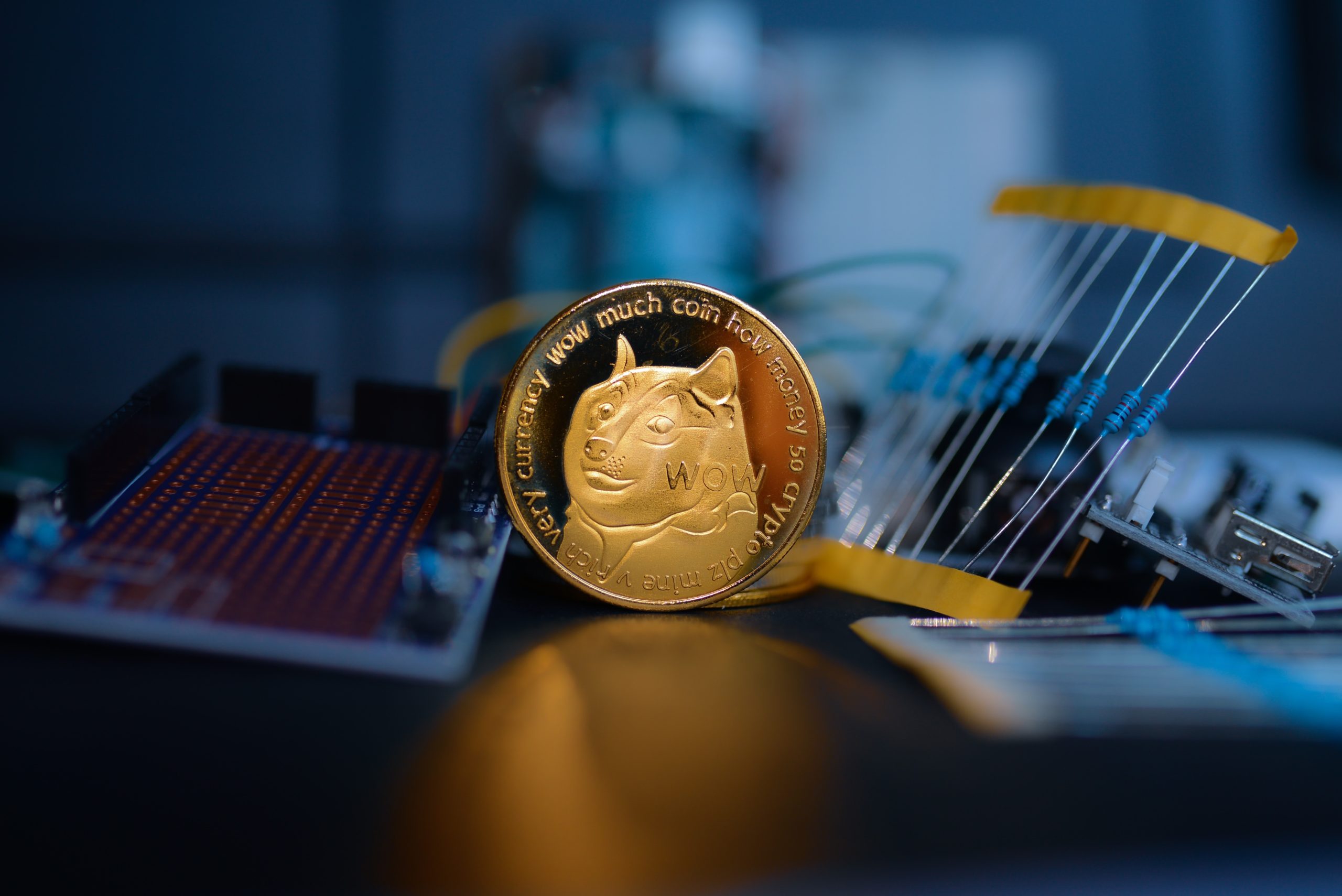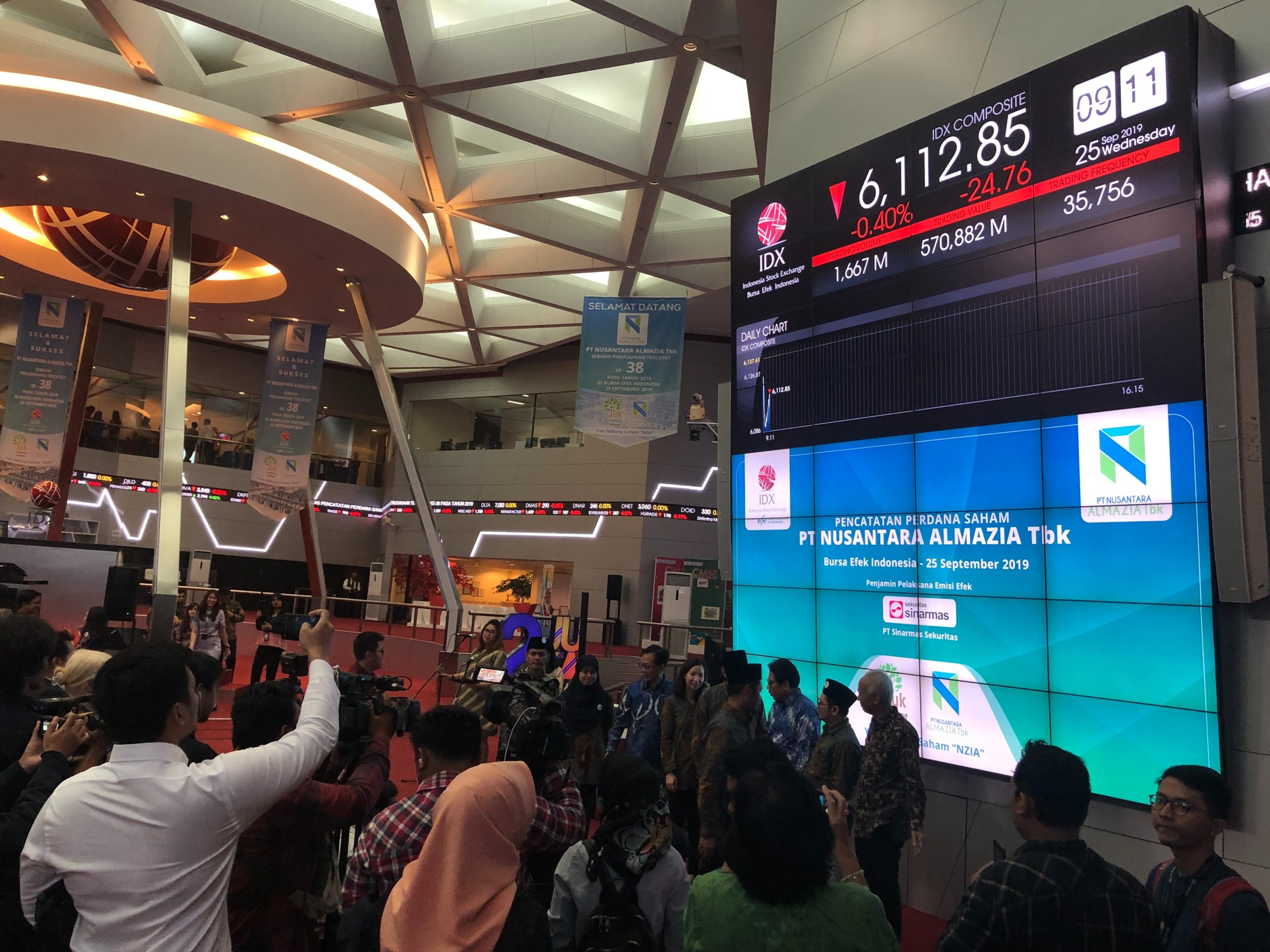The invention of Bitcoin led to the emergence of several cryptocurrencies, each serving a different utility and goal. Algorand, a relatively new network, and its cryptocurrency, ALGO, aim to create a decentralized environment that allows for the merging of traditional and decentralized finance. Using Algorand, network participants can create tokens and smart contracts to represent both new and existing assets.
The Algorand Foundation, which manages the growth and funding, launched the project and the associated cryptocurrency, while the protocol was developed to support a decentralized ecosystem without a central authority. This coin is quickly rising to prominence as one of the most widely used cryptocurrencies on the market because of its cutting-edge features, innovative technology, and quick transaction times.
You’re curious about Algorand (ALGO), but you’re not sure what it’s all about or where to start. Not to worry. This manual is intended to provide you with all the information you require regarding the project and to prepare you for the easiest trading environment currently accessible.

About Algorand (ALGO)
Using a special Proof-of-Stake mechanism, the decentralized open-source network enables a two-layered design and the functional cohabitation of decentralization, scalability, and security. Scalability, security, and decentralization in a single blockchain network provide a difficult challenge for the bulk of cryptocurrency ventures. It aspires to achieve 1,000 transactions per second and quick block finality while enabling complete decentralization with the highest levels of security and scale.
Users of this coin can use smart contracts to build new coins and distributed applications (dApps). It offers a substitute for Ethereum’s smart contract features while providing Pure Proof-of-Stake scalability, which is more effective. Users can participate in the decentralized economy by deploying new tokens to the network or moving their assets to the ecosystem using the Algorand Standard Asset (ASA) capability.
How does it work
The Pure Proof-of-Stake consensus process used by the network, which makes use of a Byzantine agreement protocol, enables security, scalability, and decentralization all in one place. The system ensures that even if a node were to get compromised, the staked ALGO balances held by network users would be secured by automated-generated unique keys.
The Pure Proof-of-Stake protocol secures the network by allowing only users with the majority of ALGO funds to commit malicious acts that may endanger other users and the network. Although some users might have that authority, the system is predicated on the interdependence of network users. If a majority holder elected to participate in the hostile behavior, the ALGO value would fall and the users’ funds would lose value, making such conduct unprofitable.
What makes it unique
It is distinctive because of its novel method for enabling security, scaling, and decentralization to operate simultaneously in the same blockchain. It facilitates quicker transactions by having the ability to handle about 1,000 transactions in a single second, as well as the smooth development, deployment, and production of dApps.
What gives it value
In addition to adoption, network usefulness, and other specific aspects that may affect the value and its market price, makes it is valuable due to its technology and functionalities.
The limited quantity of this coin is one of the things that makes it valuable. 10 billion ALGO, which were minted at the start of Algorand, are in limited supply. This money is given to the Foundation, end user grants, and node runners as participation awards.
Fees
A user can choose to increase a fee to help prioritize acceptance into a block when network traffic is heavy and blocks are frequently full. Fees are calculated based on the size of the transaction. It has no idea of gas surcharges.
Only 1,000 microblogs, or 0.001 Algos, constitute the transaction’s minimum fee.









